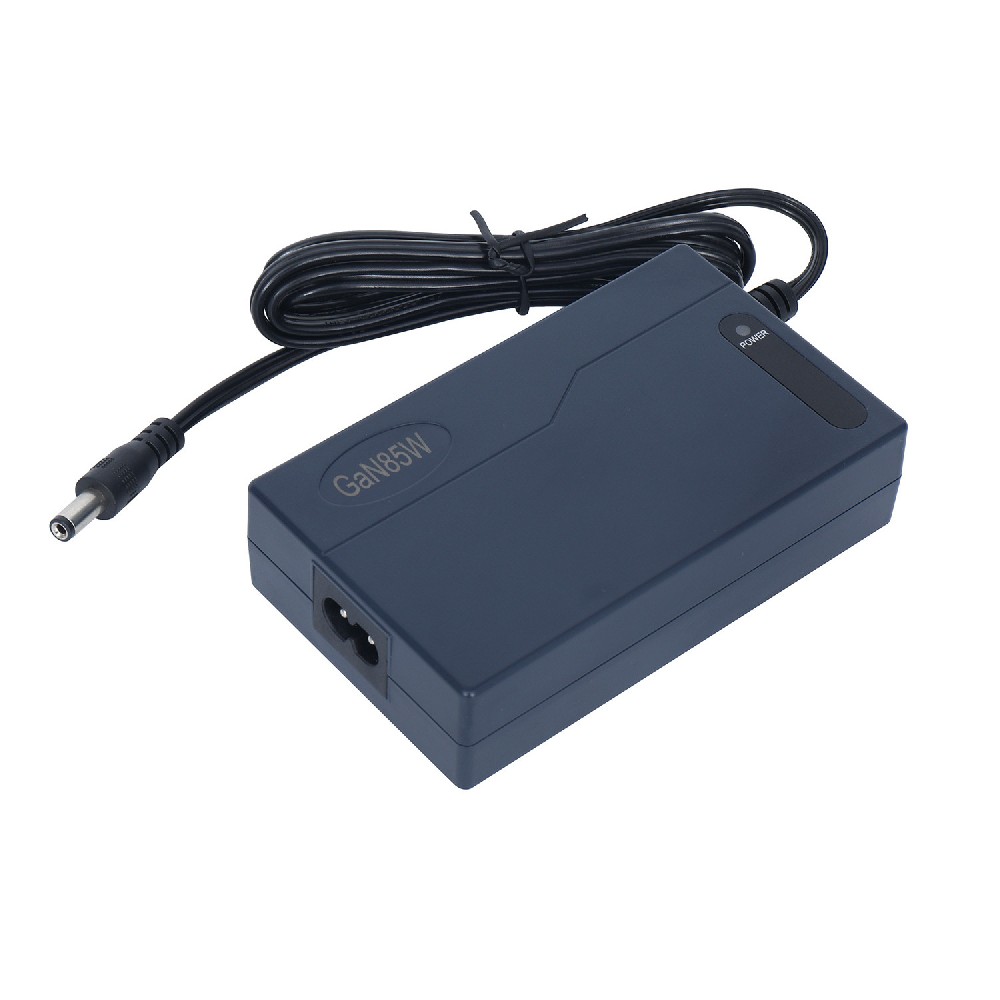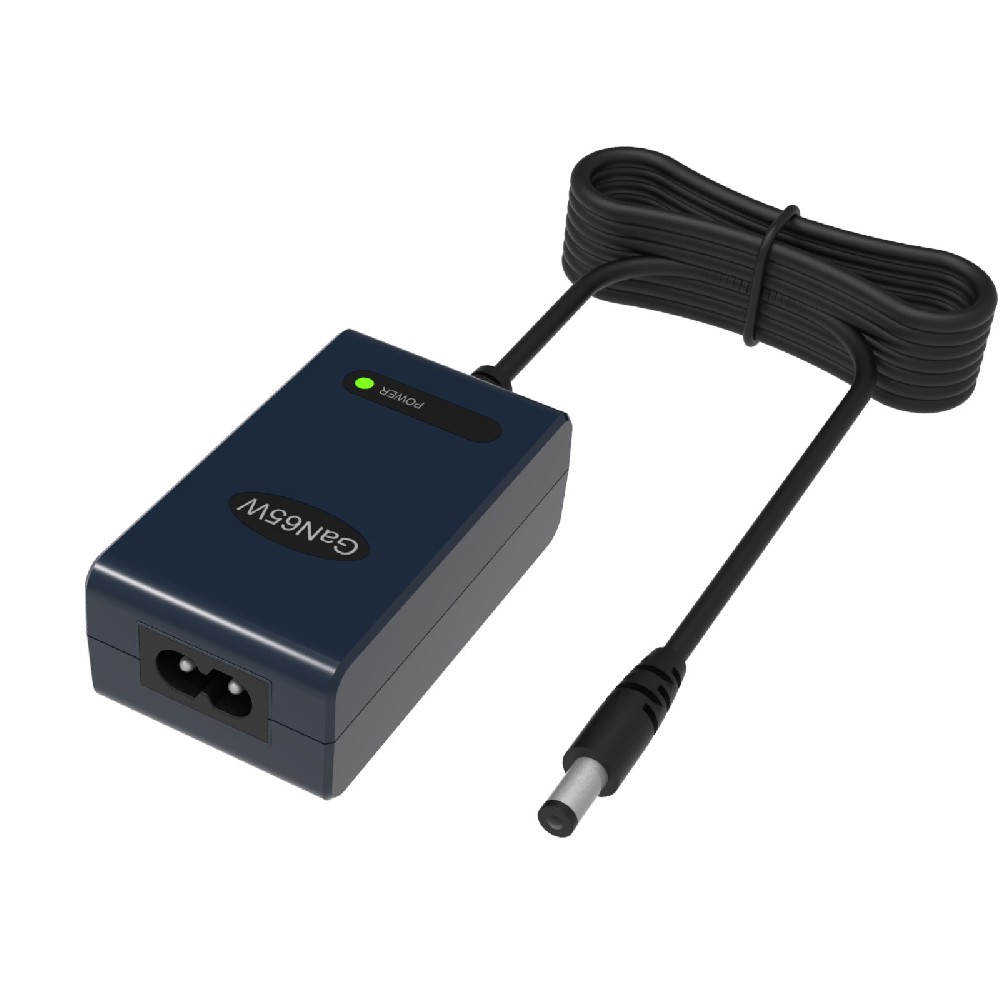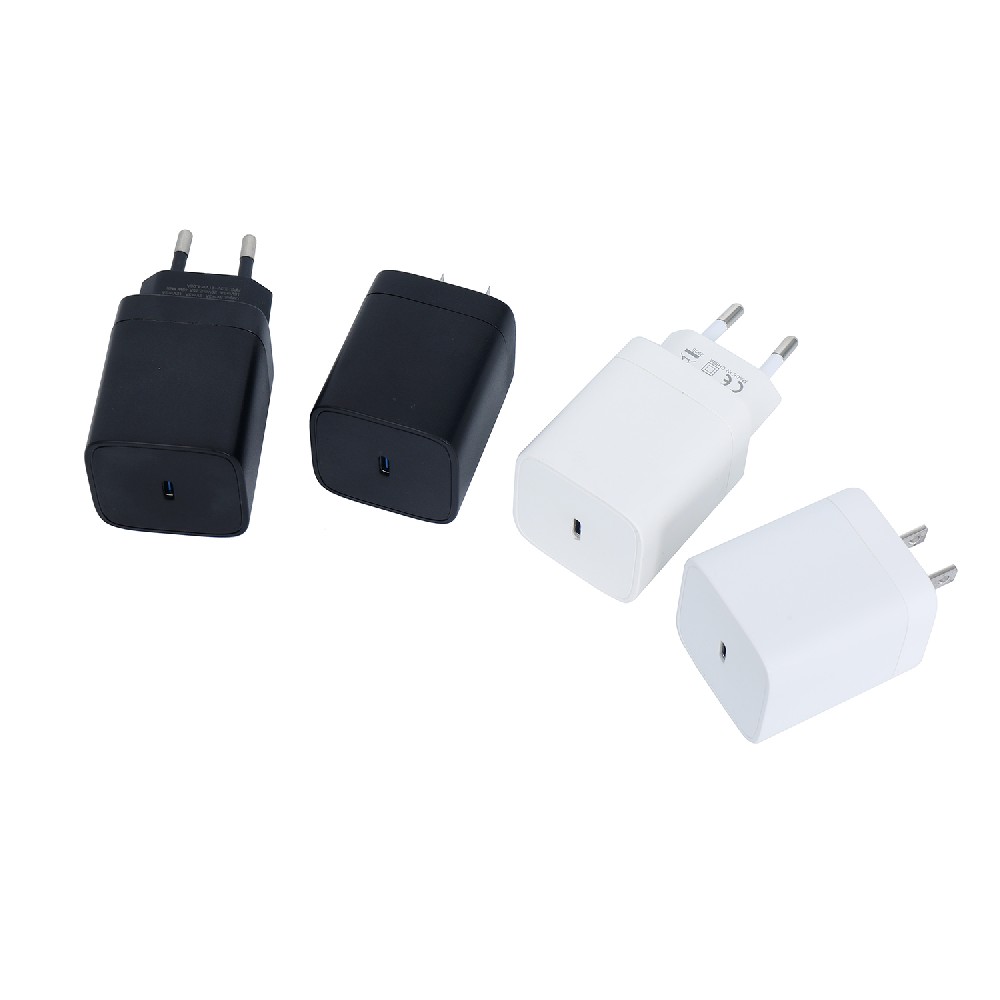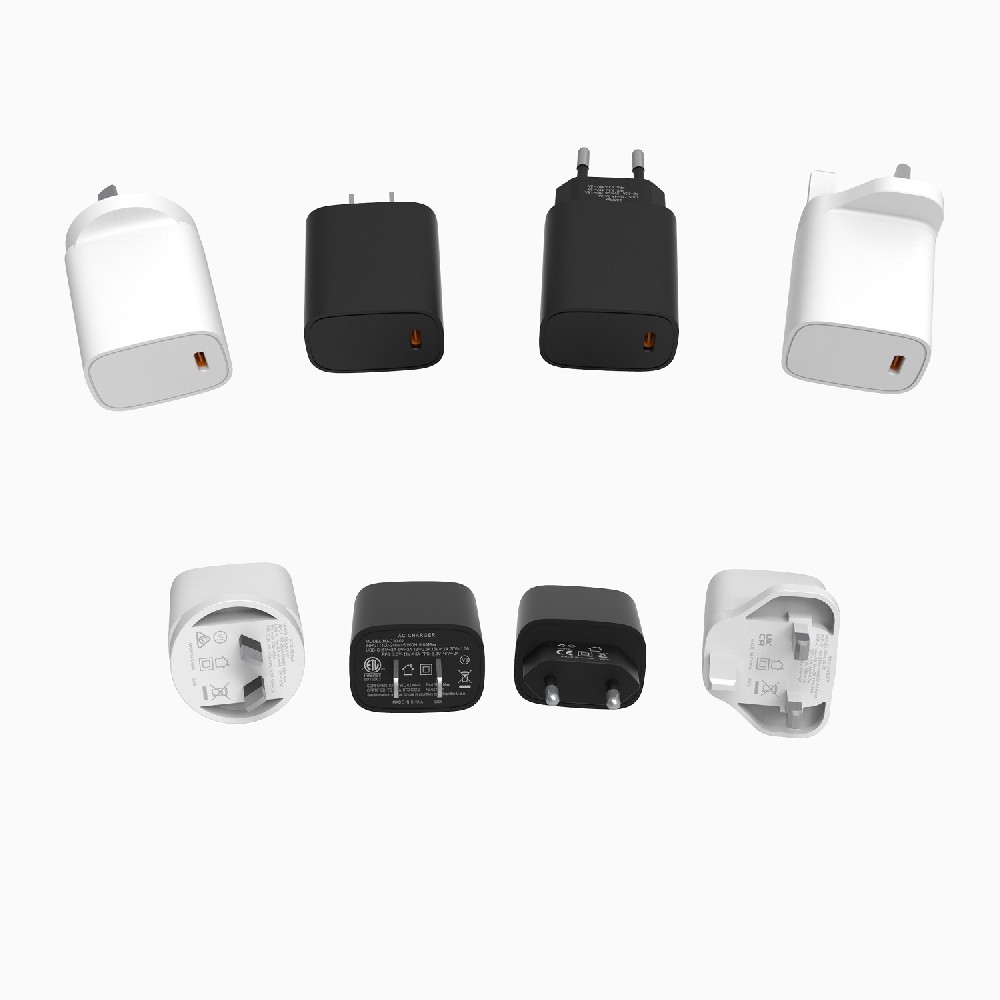Information Center
Unleash the Power: An Introduction to Battery Charger Circuits
Published:2023-04-14 19:40:34 Author:Green WCND Views:63Battery Charger Circuit: An Introduction

A battery charger circuit is an electronic device that is used to recharge batteries. It is designed to regulate the charging current and voltage of the battery, and ensure that it is charged safely and efficiently. Battery chargers are used in a variety of applications, ranging from consumer electronics to industrial equipment.

A typical battery charger circuit consists of several components, including a power source, a charging circuit, and a control circuit. The power source can be an AC mains supply or a DC source, such as a battery or solar panel. The control circuit is responsible for regulating the charging process, ensuring that the battery is charged within safe limits.
Battery chargers come in different types, depending on their application and the type of battery being charged. The most common types of battery chargers are linear, switch-mode, and pulse chargers.
Linear battery chargers are simple, low-cost chargers that are commonly used in consumer electronics such as mobile phones and laptops. They work by regulating the charging current and voltage using a linear regulator. However, they are not very efficient and can generate a lot of heat, which can reduce the lifespan of the battery.
Switch-mode battery chargers are more advanced and efficient than linear chargers. They use a switching regulator to regulate the charging current and voltage, which allows them to charge batteries faster and with less heat generation. Switch-mode chargers are becoming increasingly popular in consumer electronics and industrial applications.
Pulse chargers are designed to charge batteries very quickly, using short pulses of high current to rapidly charge the battery. They are commonly used in applications where a high level of power is required, such as in electric vehicles and power tools. However, they are not suitable for all types of batteries, and can sometimes cause damage to the battery if not used correctly.
In conclusion, battery charger circuits are essential for recharging batteries safely and efficiently. They are used in a wide range of applications, from consumer electronics to industrial equipment. There are different types of battery chargers available, each with its own advantages and disadvantages. Therefore, it is important to choose the right type of charger for the application and battery being used.
IntroductionGolf carts serve as vital transportation tools on golf courses, and their performance and reliability are crucial for enhancing player experience an···
The battery pack is the heart of a golf cart, silently powering every acceleration and climb on the green. However, battery degradation often goes unnoticed, mu···
The battery pack is the heart of a golf cart’s power system, yet maintaining it has long been a challenge for technicians. Traditional troubleshooting methods—···
For golf course managers, ensuring smooth and efficient operations is crucial for providing a memorable experience for golfers and maintaining the reputation of···





